Tubes:
- 6D2 (Dual Diode)
- EF183 (Pendode)
- CV491 (Dual Triode)
- 12AT7 (Dual Triode)
- OR
- NOR
- AND
- NAND
Operating Voltages:
- 12V - for filaments (6V across each heater)
- 5V - input to Logic Gates/Vacuum Tubes
- 0V~2V - approximate Voltage Swing from the Logic Gates
Hours put into this:
- lots
Hopeful Outcome:
Produce a simpler design using three identical tubes that could be converted to a rather nice PCB that could be sold via tindie (if there is enough interest that is). Also as there is a Galileo in the mix, use that to "half emulate" a vacuum tube computer by constantly passing and memorising the connections between the four logic gates.
 DosFox
DosFox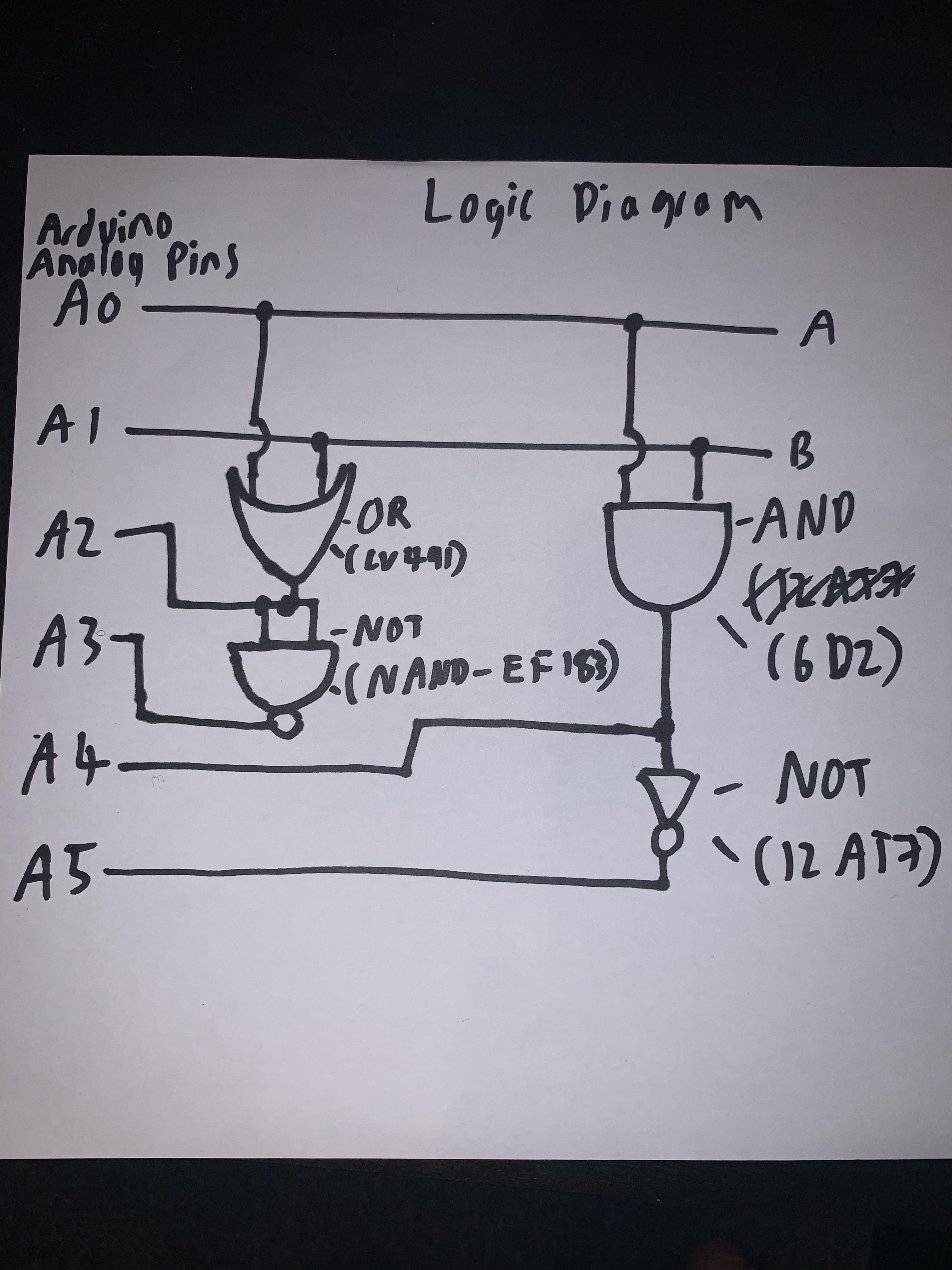

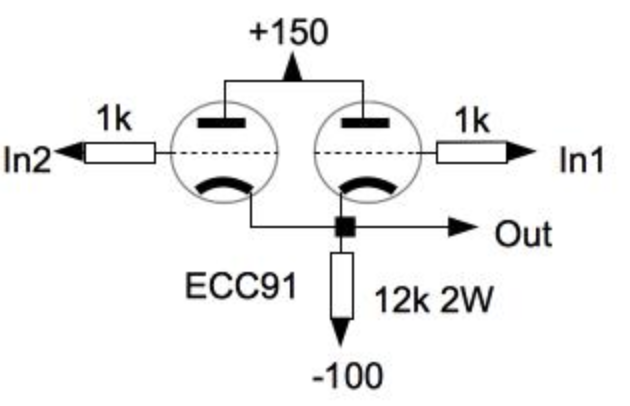
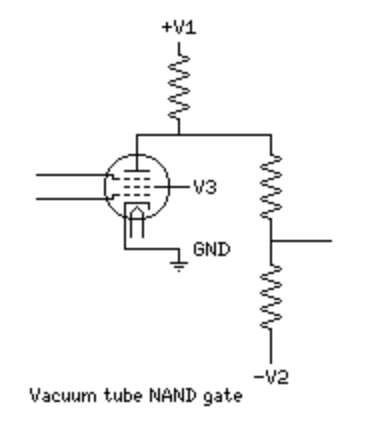
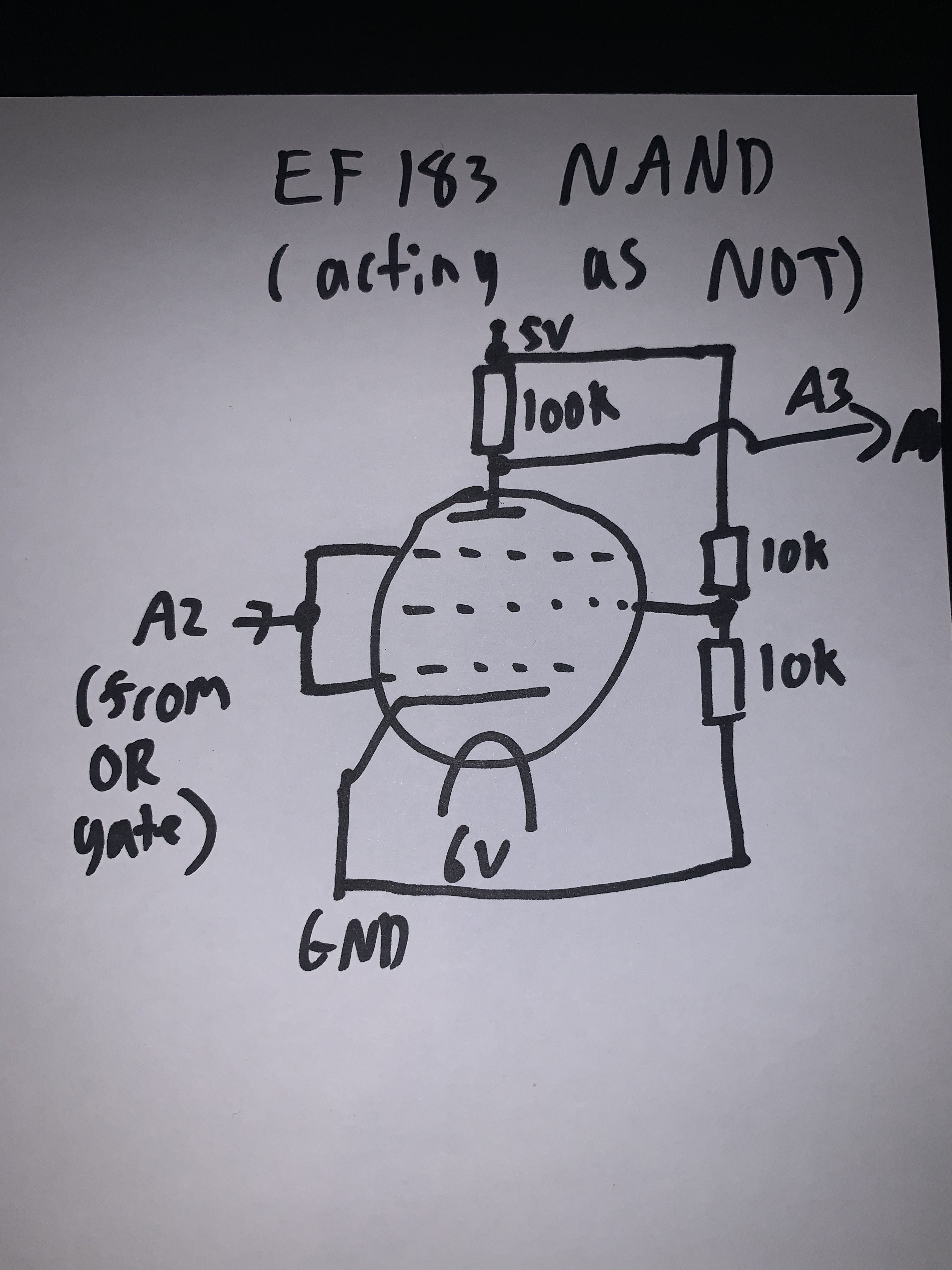
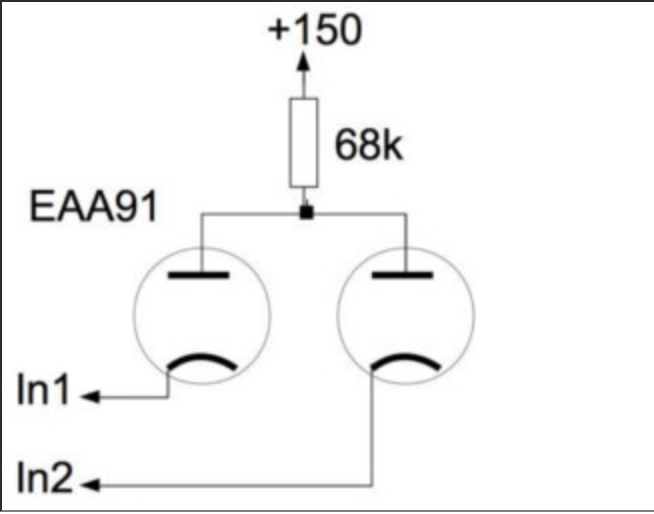
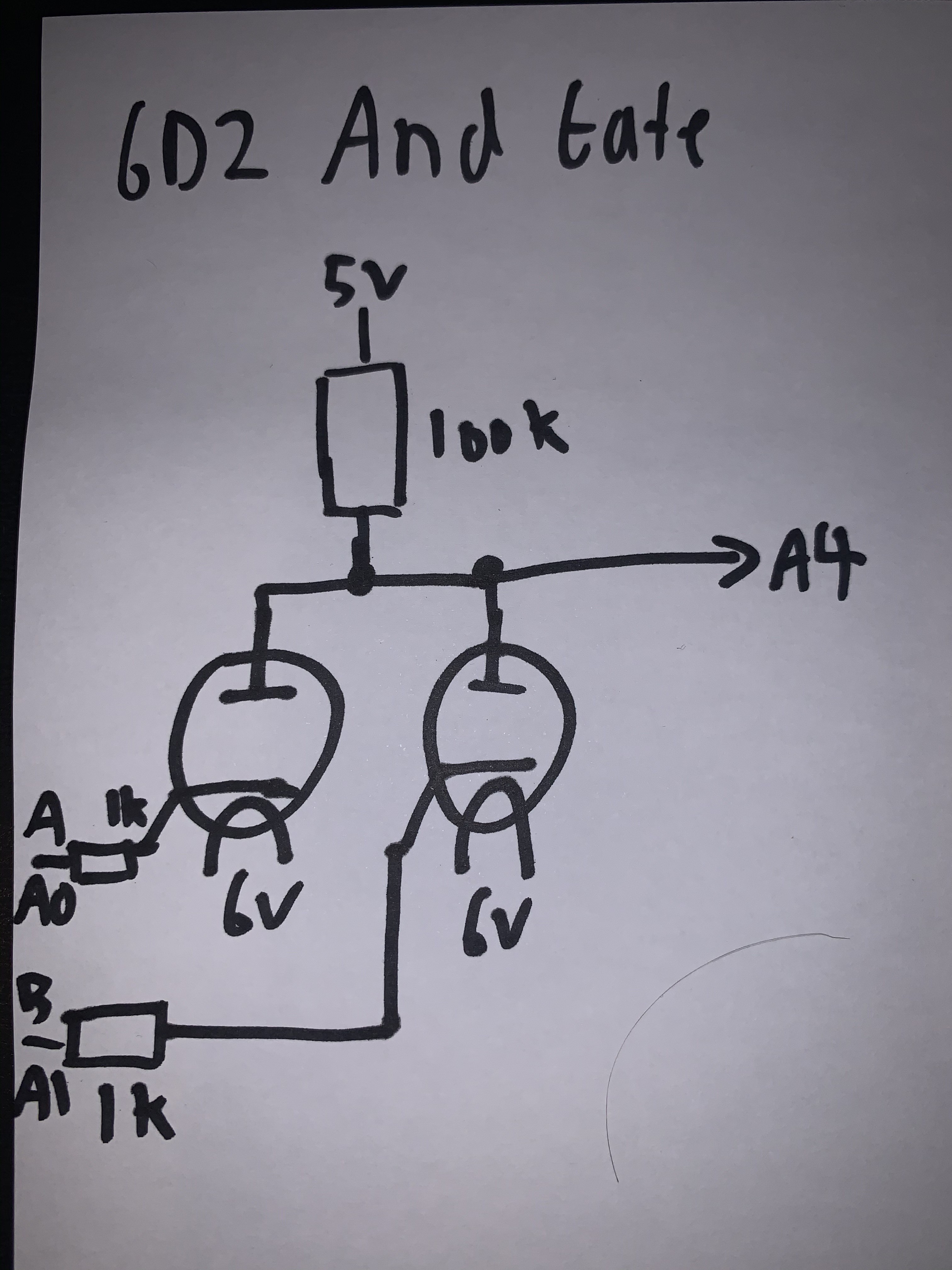
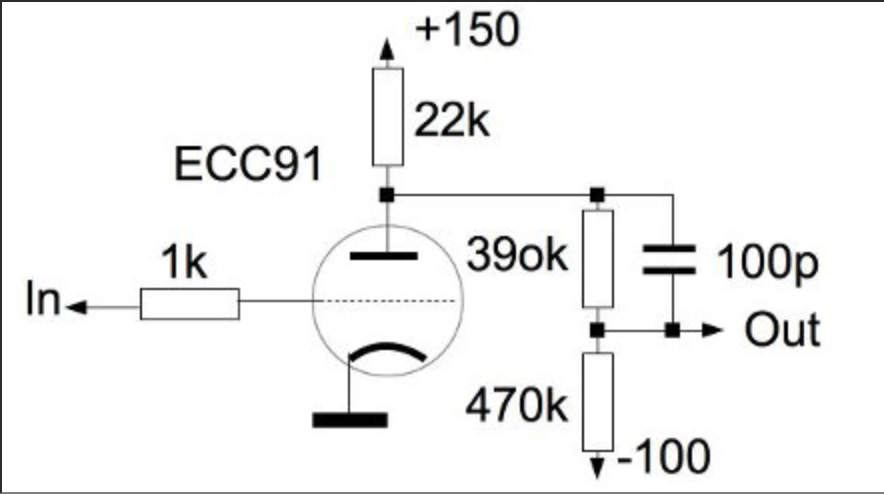






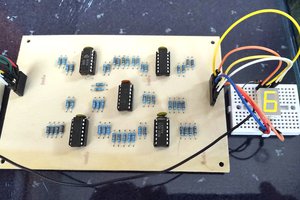

 will.stevens
will.stevens
 Tim
Tim
@Artem Kashkanov did a RS latch at https://hackaday.io/project/20733/log/172929-vacuum-tube-rs-trigger :-)
those old tubes seem to never want to die :-D